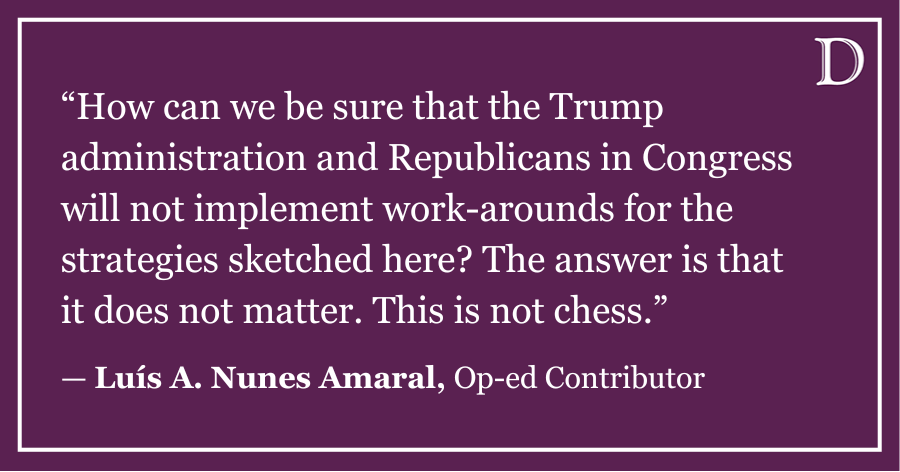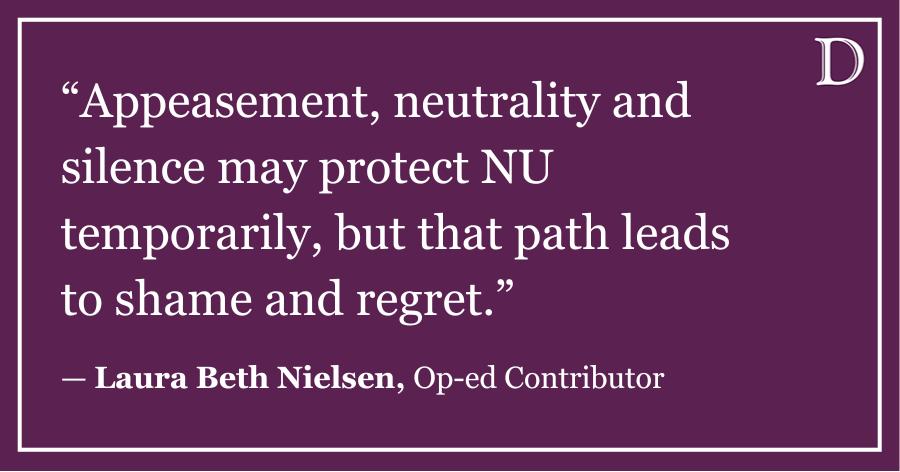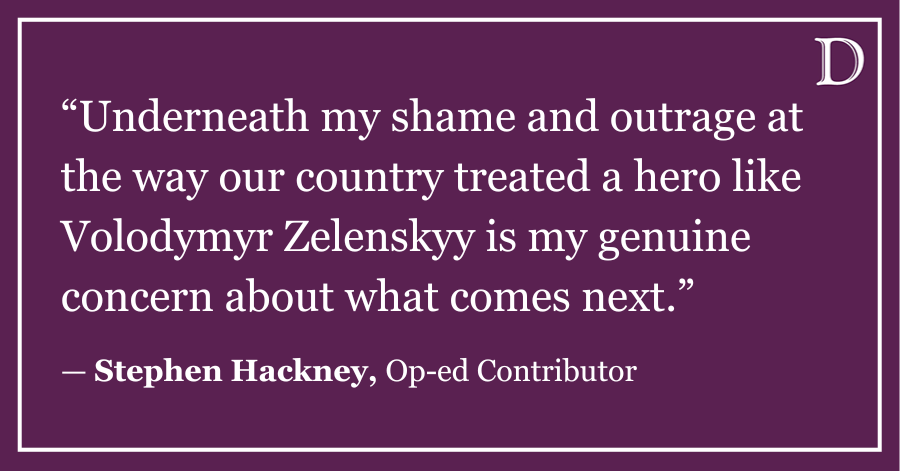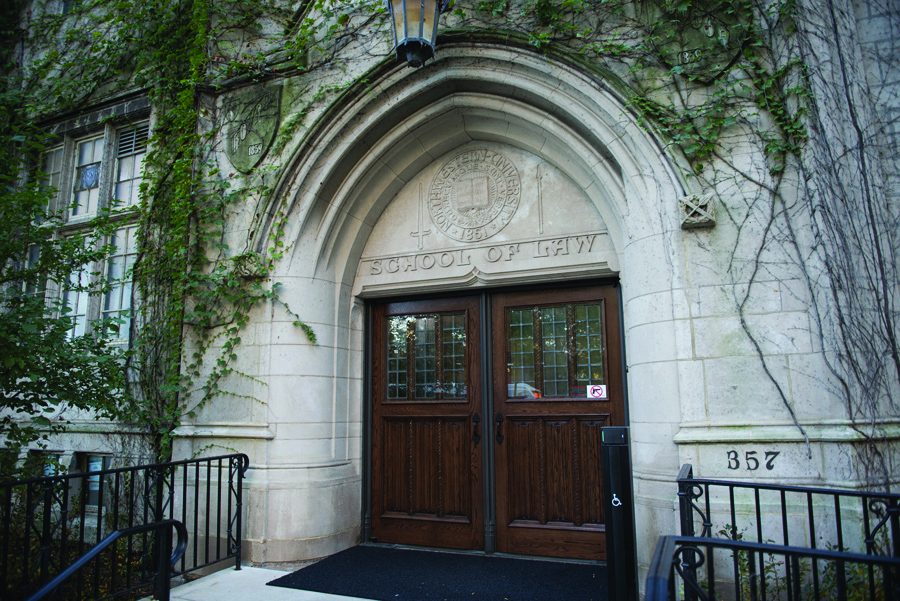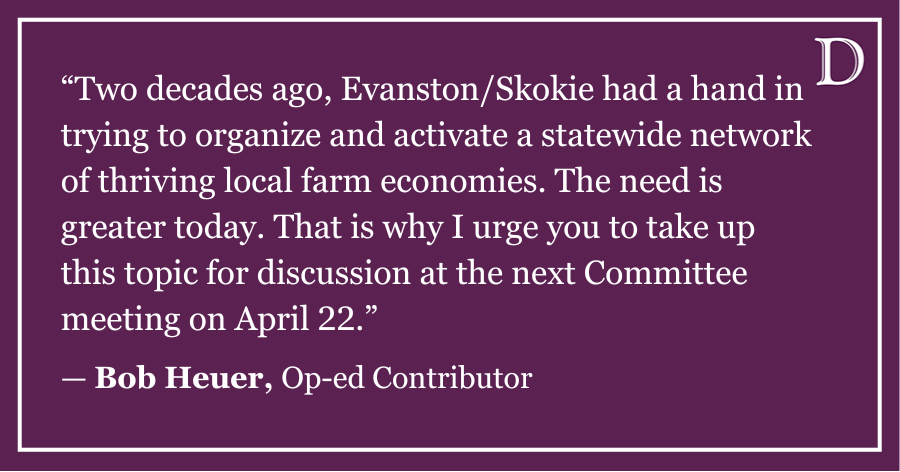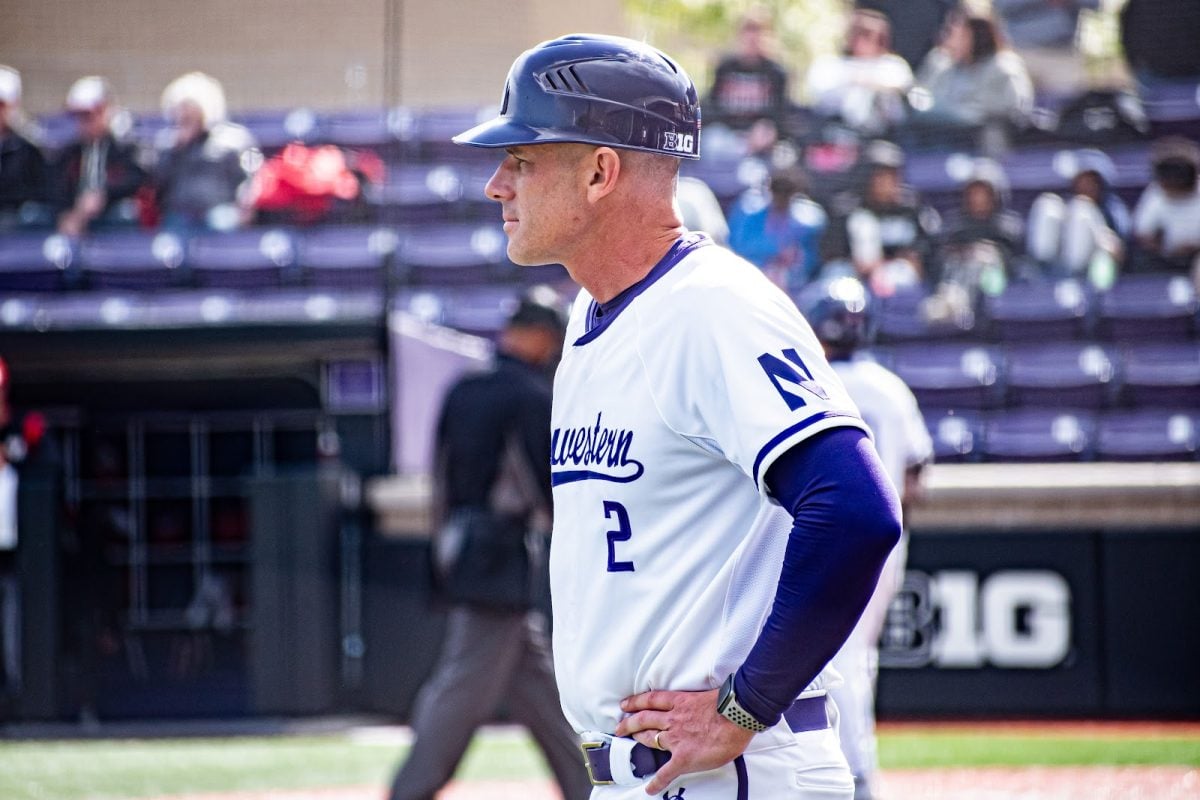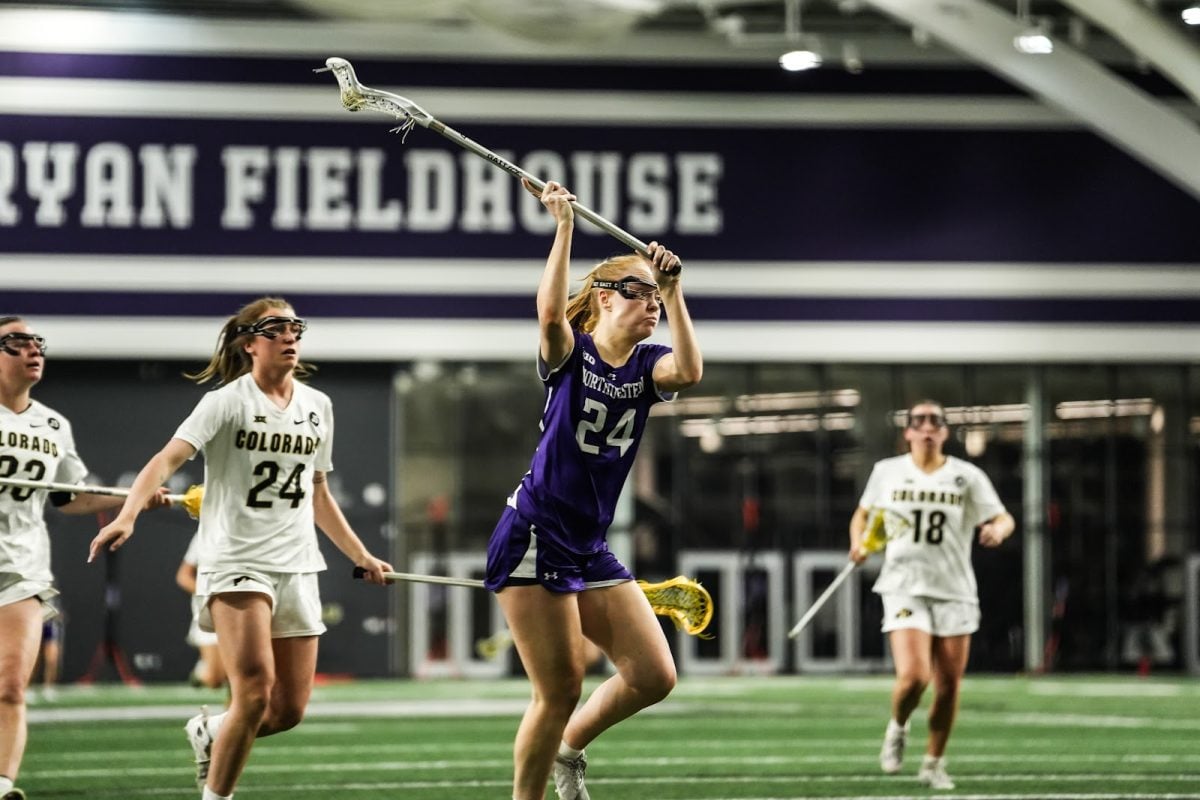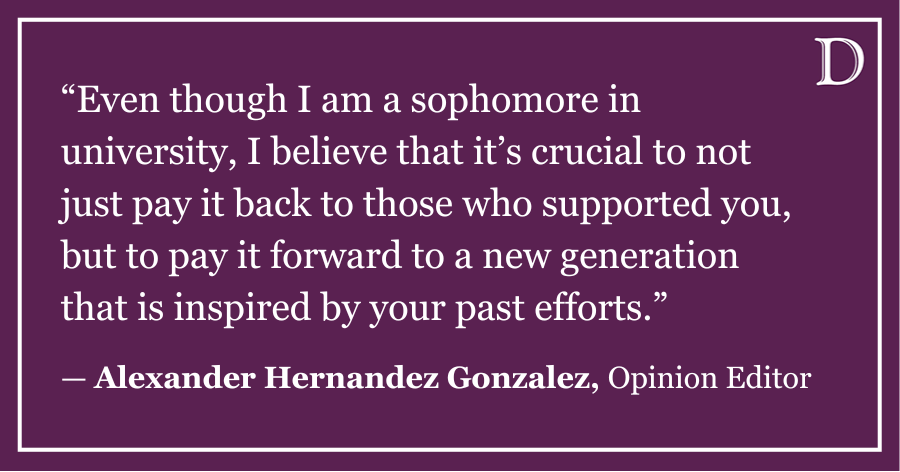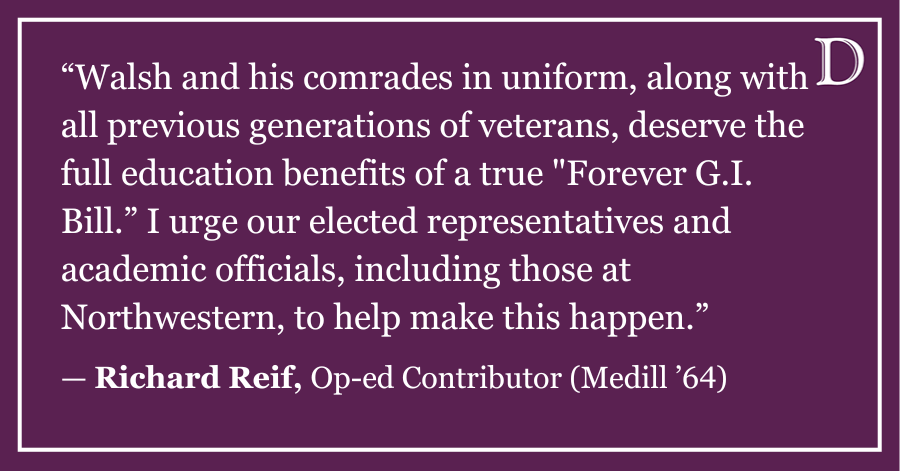Editor’s Note: This is the final part of a three-part column by Allen You.
There’s writing, and then there’s magazine writing.
Campus magazines nuAZN and CRUSH have broken from the longstanding tradition of magazine writing through their photo spreads. No captions, no story, just photos. They’re not the first or the best to do so, but they’re the leading examples at Northwestern. Other magazines ought to take note, because these photo spreads beg the question: do we need writing in magazines at all?
Print magazines could, in theory, function as pure aesthetic showcases, a curation of photography and illustrations unfettered by their relation to a written piece. Whether they should is a different question. But a very shrewd magazine may announce, “No more stories! We only want photos and art now! Let the websites host your writing; we’re better off without it!”
This blasphemy has a modern coherence. After the web reshuffled the hierarchies of journalistic media, the reconfiguration of magazine content seems long overdue. But if this reconfiguration is spurred by opportunism, magazines will only regress. The opportunity must then be unleashed through impartial reason, and at its core is the trouble with writing.
Again, one could argue that writing in a magazine seems out of place today. Lengthy stories take up crucial page space that could be used for other visual media (and advertisements). From the standpoint of an individual writer, publishing through a web publication would be faster and more accessible to an audience. In the case of The Daily’s website, a story could expect to gain more attention than any individual campus magazine. From the perspective of fixed content, all form becomes a question of adequacy to said content.
Magazines could use less writing but more magazine writing. Unlike visuals, language functions identically across different forms of media. As pure concepts, words evoke their meaning straightforwardly; and writing is, after all, the mere choice of words. Yet, novel writing is different from songwriting, and songwriting is different from magazine writing. Clearly, differences in each medium dictate unique methods. From the perspective of a fixed form, all content becomes a question of adequacy to said form.
Thus, magazine writing is writing bound by the rationality of magazine design: given an idea, by what means could and should a magazine express it? Writing is only one of these means, alongside illustration and photography, and should appear only when necessary.
As such, this choice of means should lie in the hands of the designer. I do not mean that designers must be writers, but they must decide when and where writing appears. True magazine writing would then mean the designer’s freedom to use written content, governed by their total vision of the layout.
For NU campus magazines, the exact opposite occurs. At the beginning of a production cycle, writers produce a designated amount of written, typically paragraphed, content. Sometime later, designers are tasked with assimilating the story onto a magazine spread without changing the writing. Thus, designers are subordinate to the written content and deeply restricted in their design.
The editors enforce the story as the dominant element of their magazine. In relation to writers, editors ensure that the story is able to appear on the page via word count. In relation to designers, editors ensure that the story appears in its unaltered form, and if the design comes into conflict with the story, editors have the final say over designers.
Ultimately, magazine production boils down to putting writing onto a magazine spread just so stories may appear in print and not online. None of this is worth its expenditure of money and, more importantly, students’ time.
We can do better. By putting designers at the foreground of magazine production, we can achieve magazine content far more conducive to the needs of the form. This would mean relegating the writer to the designer’s aims and displacing the editor’s role as the story’s enforcer.
Over time, the division of labor between writer and designer would ideally liquidate and reconstitute as the total position of the magazine staffer, who is able to consider and enact all magazine elements equally and with advanced reason. Thus, the perfect magazine staff would have no roles, as there would be no need for them in the first place.
The main obstacle to a new magazine content is romanticism. We are stuck in the tradition of long-form writing, exemplified in essays, profiles, investigative pieces, etc. What compelled magazines to produce was the freedom to write and publish as one desires, and by doing so, achieve refined individual style and social impact.
For decades, long-form magazine writing was on top, and the writing and the magazine needed one another. The magazine sustained itself through its writing, and writing could only be effectively published in the magazine. The freedom of writing which magazines exclusively served is now done better by the web. Once blogging reached the zeitgeist, the web superseded the magazine, and the glorious heyday of classic magazine writing has since passed.
Yet, the issue is not its passing, but rather the denial of it. While the world moves on, magazines remain convinced in their old ways.
The effect is that all campus magazines reproduce the same magazine over and over in hopes that past successes will reappear. Especially as journalists, they prize the story above all else. This is evidenced by the fact that magazines from the 1950s look virtually the same as (or even better than) today’s. This indigestion of the past means they’ll continue to imitate their predecessors as they grow further removed from the present.
But not even their best attempts will redeem this delusion. In each defeat, they’re left with a melancholy, or worse, nothing but the unconscious instinct for mere repetition. Over time, the transmittance of magazine history also degrades, such that magazines today aren’t even aware of their anachronism.
No longer imbued with even a historical purpose that contextualizes their production, magazines become husks, persisting but not exactly sure why. So in practice, their romanticism only amounts to the unconscious preservation of an expired memory.
Thus, campus magazines must find new ways to tell their stories, which is only possible under the flag of the designer. Evidently, it’s not an easy task; not only is learning adequate design skills arduous, but even with the proper abilities, there’s not even an obvious place to start.
Contemporary commercial magazines (Vogue, The New Yorker, Time, etc.) don’t represent a glimpse of progress because of the regressive needs of advertising. Magazines of the more distant past are dim prospects because they represent the very thing we are trying to overcome. The amateur and avant-garde, if they exist, don’t seem to warrant our gaze or pierce our imagination. Either our education is failing us, or we truly are groping in the dark.
At the same time, NU students are in the best position to produce a truly new kind of magazine, insofar as the University will support us financially without censorship. Unlike professional magazines, we are not burdened with commercial motives. Unlike many areas, we have an existing infrastructure for producing magazines. Unlike most universities, we even have an entire school dedicated to journalism. It’s really only a matter of imagination and determination. So if not us, then who? If not now, then when?
Allen You is a Medill sophomore. He can be contacted at allenyou2027@u.northwestern.edu. If you would like to respond publicly to this op-ed, send a Letter to the Editor to opinion@dailynorthwestern.com. The views expressed in this piece do not necessarily reflect the views of all staff members of The Daily Northwestern.

